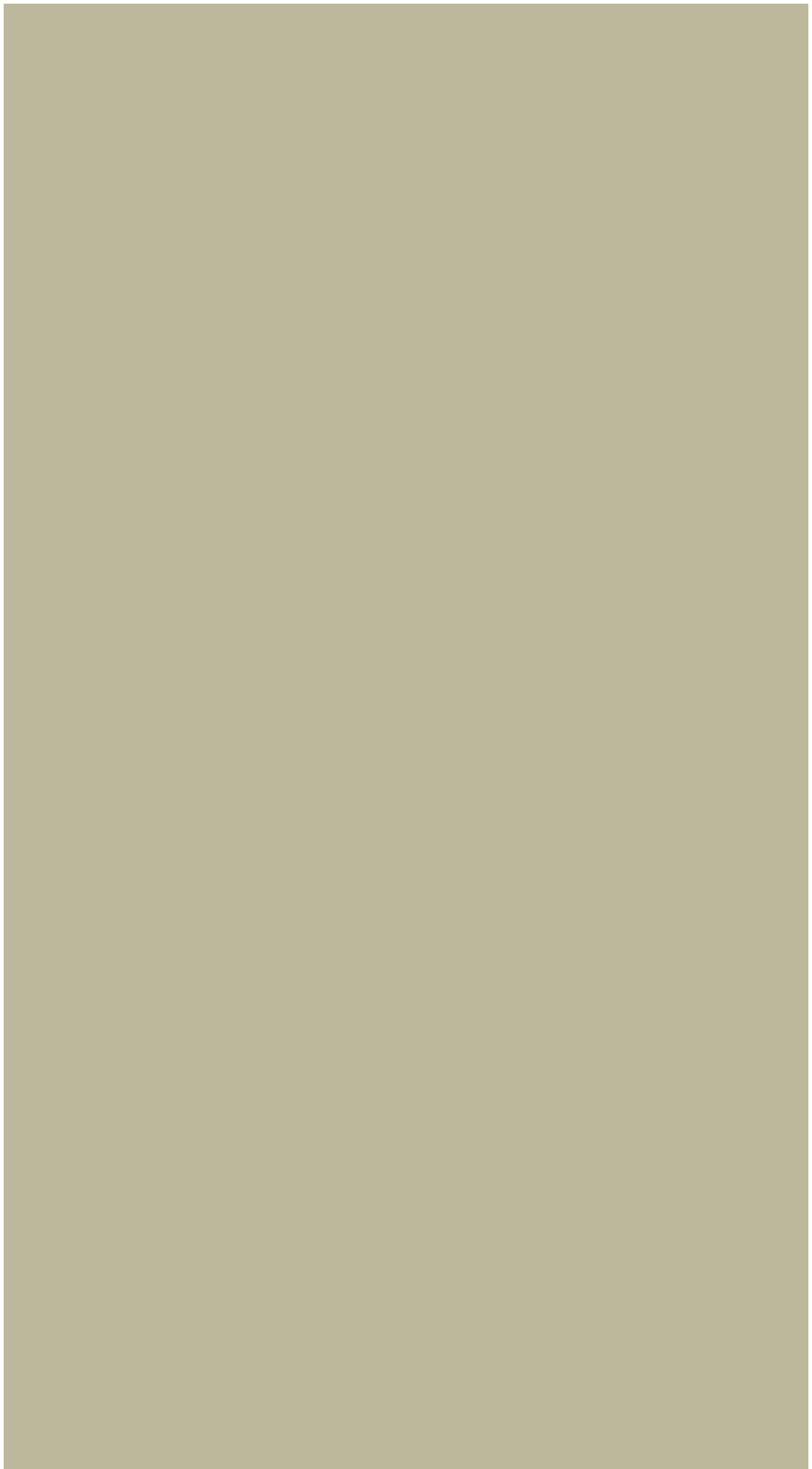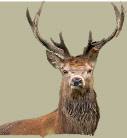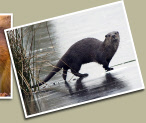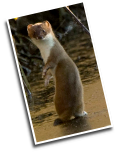





Digiscoping with the Swarovski ATS 80HD & JVC GRD290 Camcorder
by Chris Neate
Digiscoping with a compact camera has been well covered by many individuals. For
still photography I use the Nikon CP4500 attached to the Swarovski 80HD, achieving
good results between 1 -
The JVC camcorder has 25x optical zoom. It is generally accepted that lower zoom
camcorders are more likely to perform well with a scope. This is because there is
less likelihood of vignetting when shooting footage through the scope. Having tried
the JVC with a 20/60x zoom eyepiece & also a 30x ww eyepiece, I opted for the 30x
ww. The JVC will shoot at 1x optical zoom through this eyepiece with no vignetting.
At 2x optical zoom there is a slight vignette at the edges of the frame. Once you
go beyond this between 2 -
Using the JVC camcorder at higher zoom levels does require that you secure it to the scope in some way to prevent camera shake. It is necessary to use a remote control to start/stop the record function & zoom in/out etc. There are many devices available commercially which allow the camcorder to be mounted on to the scope. The scope will need to be firmly mounted on a tripod to minimise vibration.
I have adapted the camcorder by attaching a ring of adhesive rubber which sits slightly proud of the lens allowing the camcorder to sit on top of the eyepiece without causing damage to the glass(this is essential to prevent vignetting at the lowest zoom setting).When shooting at low zoom the camcorder can be held up to the eyepiece to take footage. You can then twist the eyepiece ring one quarter of a turn so that camcorder sits snugly inside it allowing you to shoot footage with no camera shake or light ingress. Ensure that you have enabled image stabilisation on the camcorder.
If you wish to shoot footage at high zoom levels you will need to attach the camcorder to the scope in some way. I use a couple of straps which slip around the foot of the scope & under the extended viewfinder on the camcorder ( Set the camcorder to LCD priority so that you can see your target image, this will disable the viewfinder). The camcorder is attached to the eyepiece by offering it up to the eyepiece & extending the viewing ring to stop the camcorder from dropping. Once the straps are tightened, use the remote control to access the camcorder(See pictures). Ensure that your camcorder can not scratch the glass on the eyepiece. Take special care that you tighten the straps sufficiently if you choose to adopt this method! If in any doubt use a commercially available adapter.
The quality of the video footage obviously suffers as you increase optical zoom on the camcorder but is still quite useful for capturing wildlife that is a fair distance away, especially for record footage. Obviously, to capture footage at very high magnification you need a highly compliant subject as it takes some time to set the scope to the exact position to view the subject.
With a bird or animal that is moving around this method is not workable, but some subjects such as roosting or nesting birds will sit quite still as they are not really aware of you. As with most methods of wildlife photography,experimentation is the key!